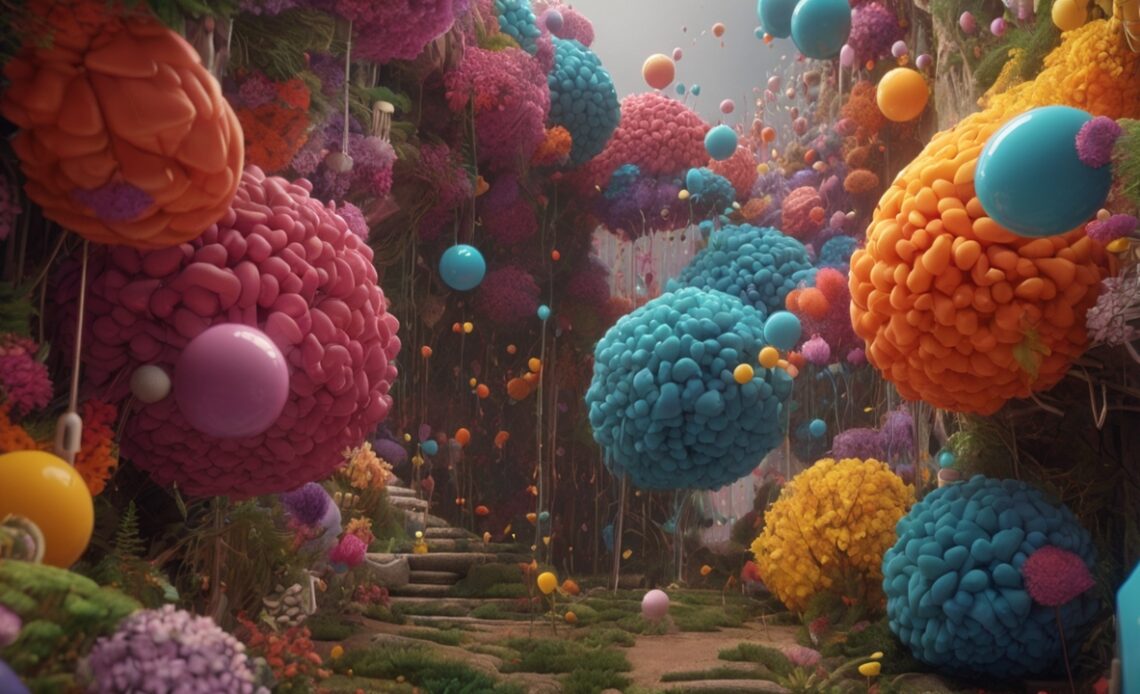
Generative AI is reshaping the way we look at creativity. From producing detailed visuals to generating ad campaigns within minutes, it’s hailed as a revolutionary force. But beneath the surface lies a growing concern: Is AI in animation, design, and advertising destroying creativity rather than enhancing it?
In this article, we’ll explore how AI in animation, the rise of AI design tools, and the broader generative AI effects on advertising could ruin creative industries like poster design, 2D/3D animation, and digital art.
1. The End of Originality
The heart of creativity lies in originality. Artists and designers spend years refining their craft, building unique styles that reflect their personal vision. Generative AI, however, works by replicating patterns from existing content. This means the originality is often lost.
- AI in animation: Instead of animators creating frame-by-frame movements, AI can generate sequences instantly. While fast, the results often feel repetitive and lack genuine artistic identity.
- AI design threats: Wallpapers, posters, and digital ads can now be generated by anyone with a few prompts, leading to a flood of content that looks polished but lacks authenticity.
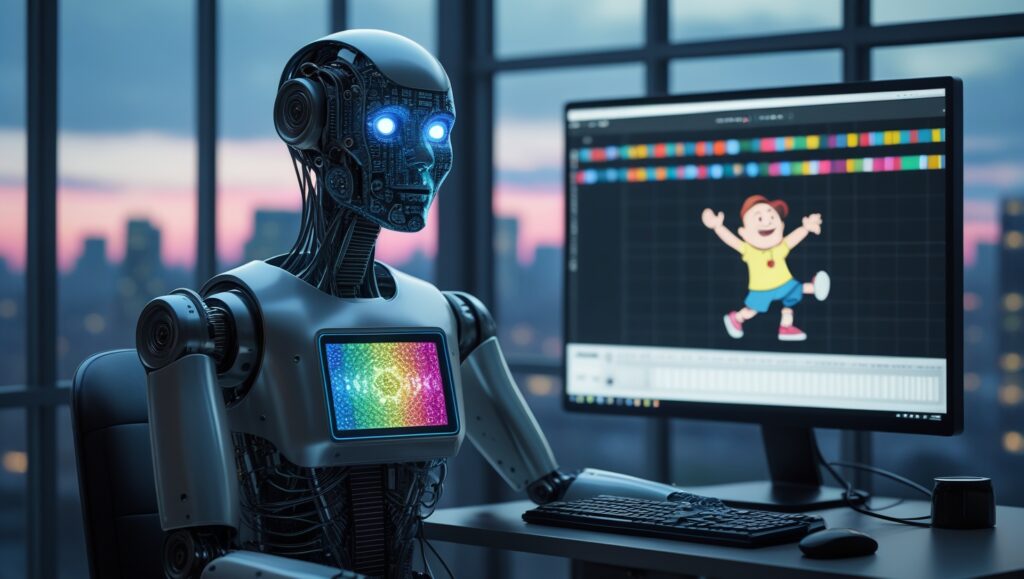
2. Job Loss Across Creative Fields
One of the biggest fears in the creative industry is job displacement. The rise of AI design software and generative AI in advertising campaigns is already reducing the demand for human professionals.
- Studios may replace teams of concept artists with AI-driven animation tools.
- Advertising agencies experiment with generative AI ads instead of hiring copywriters and designers.
The cost-saving appeal is strong, but it leaves thousands of creative workers vulnerable.
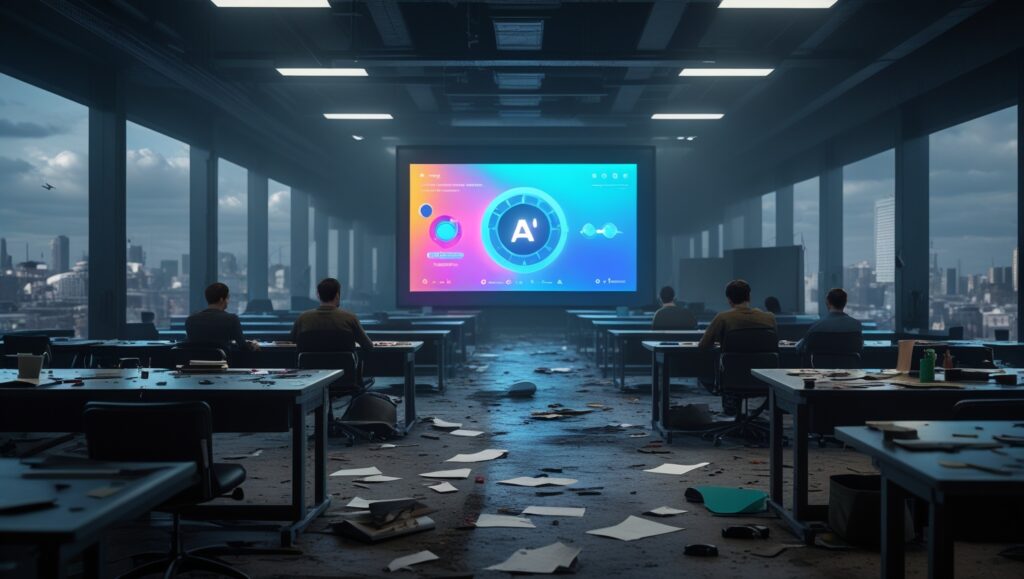
3. Decline of Craftsmanship
At the heart of every creative industry lies craftsmanship—the dedication, skill, and thought that go into producing something truly unique. Whether it’s an animator perfecting character expressions frame by frame or a designer experimenting with color palettes for hours, this process reflects not just technical skill but also personal artistry.
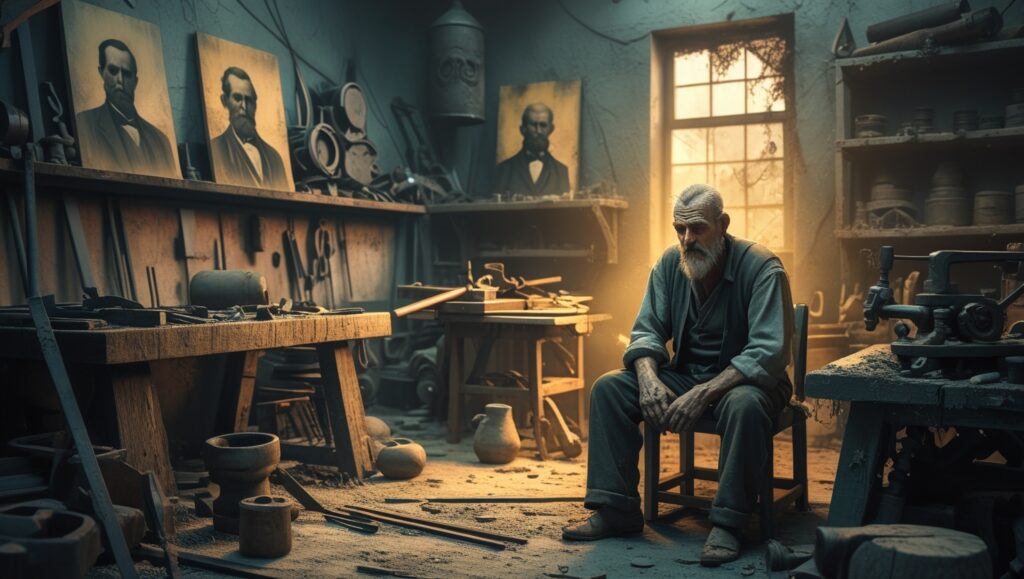
Generative AI threatens to bypass this process entirely. With a few prompts, AI can produce posters, animations, or wallpapers in seconds. While the results may appear polished on the surface, they often lack the depth, storytelling, and human emotion that only craftsmanship can bring.
- AI in Animation: Traditional 2D and 3D animation involves planning, storyboarding, and countless hours of refining character movements. Animation with AI may generate smooth sequences, but it often feels hollow, missing the subtleties of human emotion and narrative flow.
- AI Design Threats: Posters or wallpapers made by AI may look “good enough,” but they typically recycle patterns and elements. Unlike human-made designs that go through thoughtful iteration, AI content risks becoming formulaic and generic.
- Advertising and Branding: The generative AI effects on advertising are already visible—brands rely on AI to churn out quick campaigns. But without the craftsmanship of human marketers and designers, these ads lack cultural context, cleverness, and the personal touch that builds emotional connection with audiences.
4. Copyright and Ethical Concerns
One of the most pressing issues with generative AI is the blurry line between inspiration and infringement. Unlike human artists who study, interpret, and evolve their influences, AI models are trained on massive datasets of existing creative works—often without the consent or compensation of the original creators.
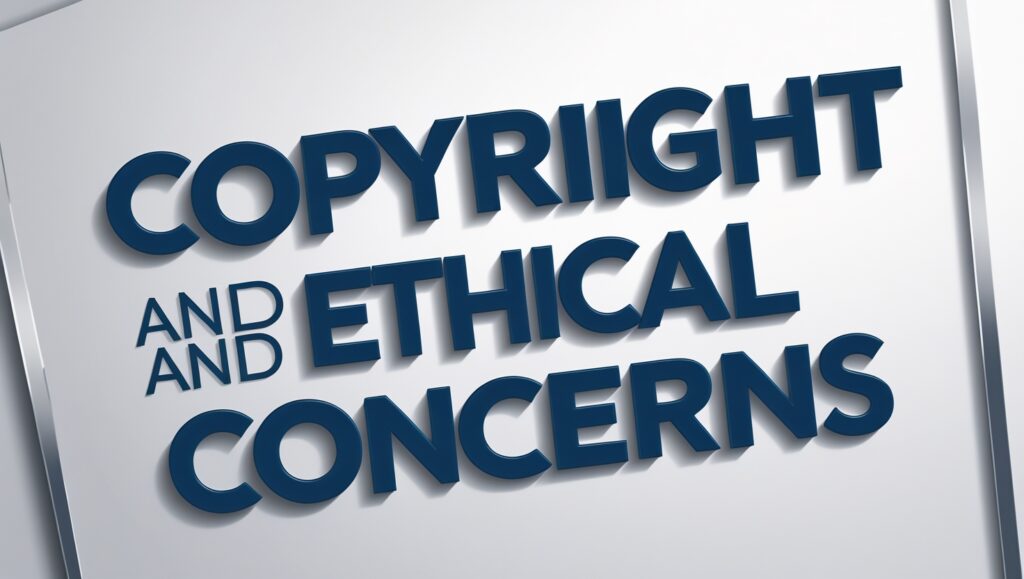
This raises several ethical and legal concerns:
- Training on Unlicensed Work: AI in animation and design often relies on millions of images, videos, and artworks scraped from the internet. Many of these works are copyrighted, yet the original creators rarely receive credit or royalties.
- Style Mimicry: Generative AI can replicate the exact style of a well-known artist. For example, a prompt like “create a poster in the style of Studio Ghibli” may generate a near-identical look, but without any involvement from the studio. This undermines the value of an artist’s unique style.
- Generative AI in Advertising: Brands using AI to create campaigns risk unintentionally producing content that resembles copyrighted material. This exposes them to lawsuits and reputational damage while also devaluing the originality of human-driven campaigns.
- AI Design Threats: A wallpaper or poster generated by AI may be 90% original but still include subtle elements from copyrighted works, making ownership and authorship nearly impossible to prove.
From an ethical perspective, this problem cuts even deeper. Artists invest years mastering their craft, only to have their works absorbed into datasets that fuel AI-generated content. Many feel that AI exploits their creativity without respect or reward.
5. Oversaturation of Content
Another major risk of generative AI is the oversaturation of creative content. With AI tools, anyone can produce thousands of posters, wallpapers, or even short animations in a matter of minutes. What once required weeks of work by skilled professionals can now be replicated instantly—leading to an overwhelming flood of visuals online.
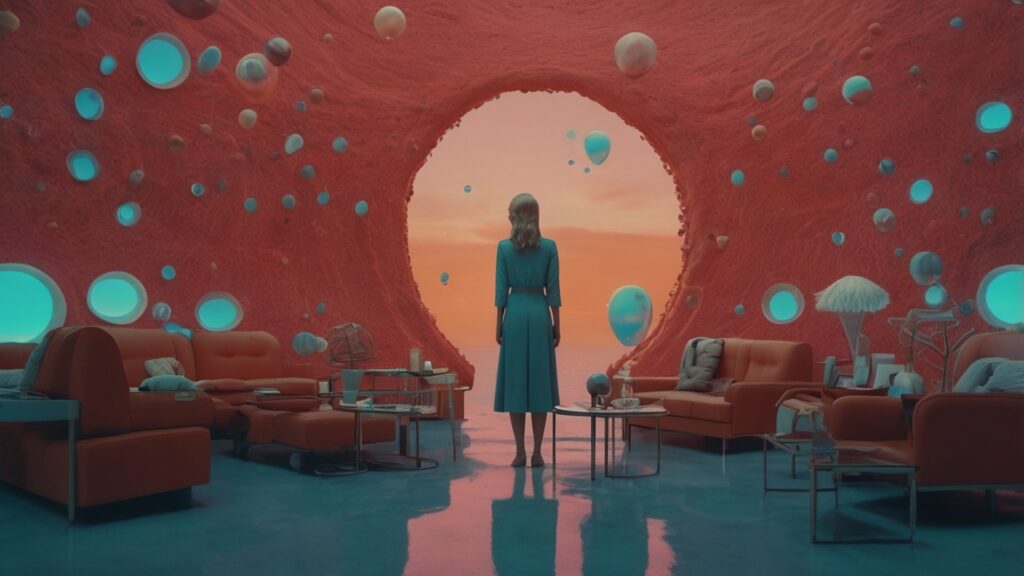
This creates two critical problems:
- Devaluation of Art: When creative work becomes abundant and easily generated, its perceived value drops. A wallpaper or animation painstakingly crafted by a designer may hold little market value if audiences can get something “similar” for free from an AI tool. Over time, this discourages genuine artists from pursuing their craft.
- Noise Over Signal: The internet becomes crowded with endless AI-generated content, much of which looks repetitive or generic. As a result, truly original and meaningful work created by humans gets buried under a mountain of algorithm-driven designs.
- Generative AI effects on advertising: Brands risk blending into the noise. If multiple companies rely on AI-generated visuals, campaigns start to look alike, reducing brand distinctiveness and audience engagement.
- AI in animation: Short, AI-generated animations can flood platforms like YouTube or TikTok, making it harder for independent animators to compete or gain visibility.
- AI design threats in posters and wallpapers: With bulk creation, online marketplaces could be dominated by similar-looking AI outputs, drowning out unique, handcrafted artwork.
Oversaturation doesn’t just affect professional artists—it also impacts audiences. Viewers may become numb to visuals, unable to distinguish between what’s truly creative and what’s just another AI-generated pattern. This could lower cultural appreciation for authentic art and storytelling, leading to a homogenized creative landscape.
In the long run, oversaturation caused by generative AI risks creating a world where creativity feels cheap, repetitive, and disposable—the opposite of what art is meant to be.
6. Losing the Human Touch
Perhaps the most irreplaceable element of creativity is the human touch—the emotion, imperfection, and intent that an artist weaves into their work. Generative AI can analyze data, mimic styles, and reproduce patterns, but it cannot feel. And without feeling, art risks becoming hollow.
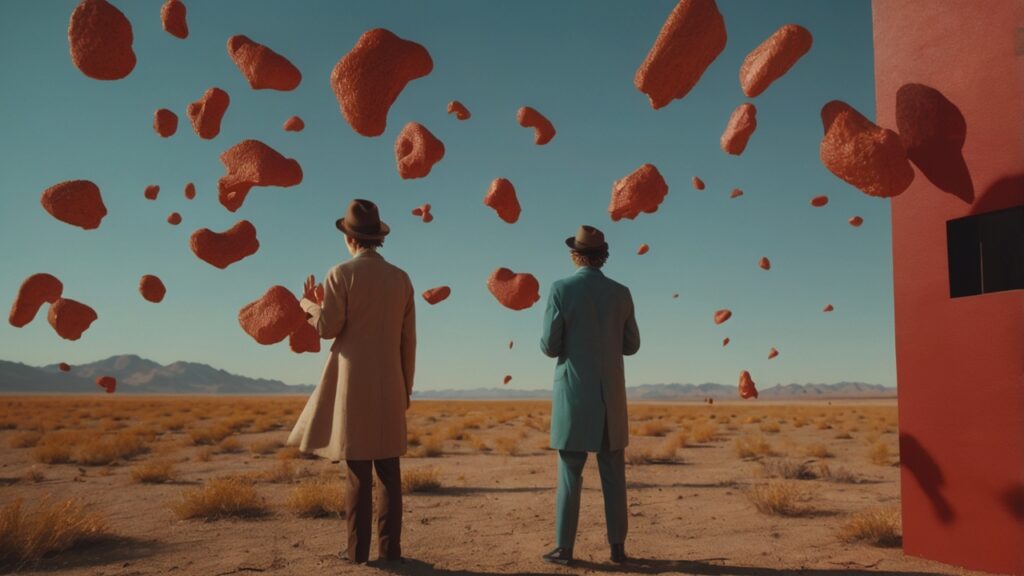
- AI in Animation: A skilled animator doesn’t just move characters on a screen—they breathe life into them. The way a character pauses before speaking, the subtle sadness in their eyes, or the quirky mannerisms that make them memorable all stem from human observation and empathy. AI-generated animation may appear smooth, but it often lacks those subtle details that make stories resonate deeply with viewers.
- Generative AI in Advertising: The best ads don’t just sell products—they tell stories. They draw on cultural nuances, humor, and shared experiences. While AI can generate slick visuals and catchy text, it struggles to replicate the emotional depth that connects brands with people on a personal level. The result can feel polished but soulless.
- AI Design Threats in Posters & Wallpapers: A poster created by a human designer often reflects intentional choices—color schemes tied to mood, layouts built to guide the viewer’s eye, or hidden symbolism that carries meaning. AI, however, focuses only on visual appeal. The outcome is often “pretty” but lacks the thoughtfulness and personal narrative that make art powerful.
The danger of losing the human touch is that audiences may start consuming content that looks perfect on the surface but feels empty underneath. Part of what makes art valuable is its imperfections—the brushstroke that isn’t symmetrical, the unexpected design choice, or the emotional influence of an artist’s lived experience.
If we allow AI to dominate creative industries, we risk creating a future where art is abundant yet emotionless—efficient but forgettable. True creativity requires more than patterns; it requires humanity.
Conclusion: The Fragile Future of Creativity
Generative AI has opened new doors for speed and innovation, but it also threatens to undermine the very foundation of creativity. The AI in animation boom may streamline production, yet it risks erasing the individuality of artists. The generative AI effects on advertising might save costs for agencies, but it dilutes originality and emotional connection with audiences. And the growing AI design threats could lead to oversaturation, copyright disputes, and a devaluation of authentic artistic work.
The creative field is built on passion, craftsmanship, and the human touch—qualities no algorithm can truly replicate. If we reduce creativity to prompts and automated outputs, we risk trading soul for speed, and authenticity for convenience.
Ultimately, the question isn’t whether AI will shape the future of art—it already has. The real question is: Will we use AI as a supportive tool for human creativity, or will we let it replace the artists who give our world meaning?

